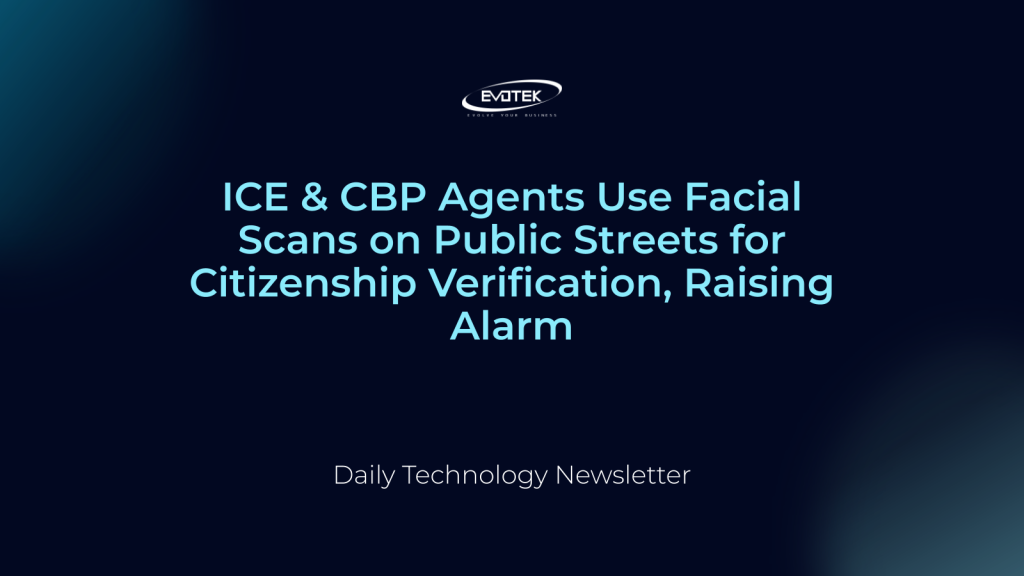In a development described by one expert as “pure dystopian creep,” agents from U.S. Immigration and Customs Enforcement (ICE) and Customs and Border Protection (CBP) are reportedly deploying facial recognition technology directly on individuals in public spaces to confirm citizenship. Multiple videos circulating on social media platforms document these encounters, sparking significant privacy and civil liberties concerns.
One notable incident, captured on video, occurred in Chicago during daylight hours. A Border Patrol agent, clad in a baseball cap, sunglasses, and a neck gaiter, stopped two young men riding bicycles. With three other officers present, the agent questioned one of the boys about his identification. The boy, who was filming the interaction, stated he was born in the U.S., implying American citizenship, but did not have an ID on him.
Upon learning the boy lacked physical identification, the Border Patrol agent quickly suggested an alternative. He called over another officer, asking, “can you do facial?” The second officer then approached the boy, instructing him to turn towards the sun. The officer proceeded to hold his phone’s camera directly in front of the boy’s face for several seconds. After reviewing his phone screen, the officer asked the boy to verify his name, at which point the video concludes.
This on-the-spot application of facial recognition technology by federal agents raises serious questions about the scope of surveillance, individual rights, and the potential for widespread data collection without clear consent or probable cause. The use of such advanced biometric tools in casual street encounters signals an expansion of government monitoring capabilities into everyday life, prompting calls for greater transparency and oversight regarding these practices.

 日本語
日本語 한국어
한국어 Tiếng Việt
Tiếng Việt 简体中文
简体中文